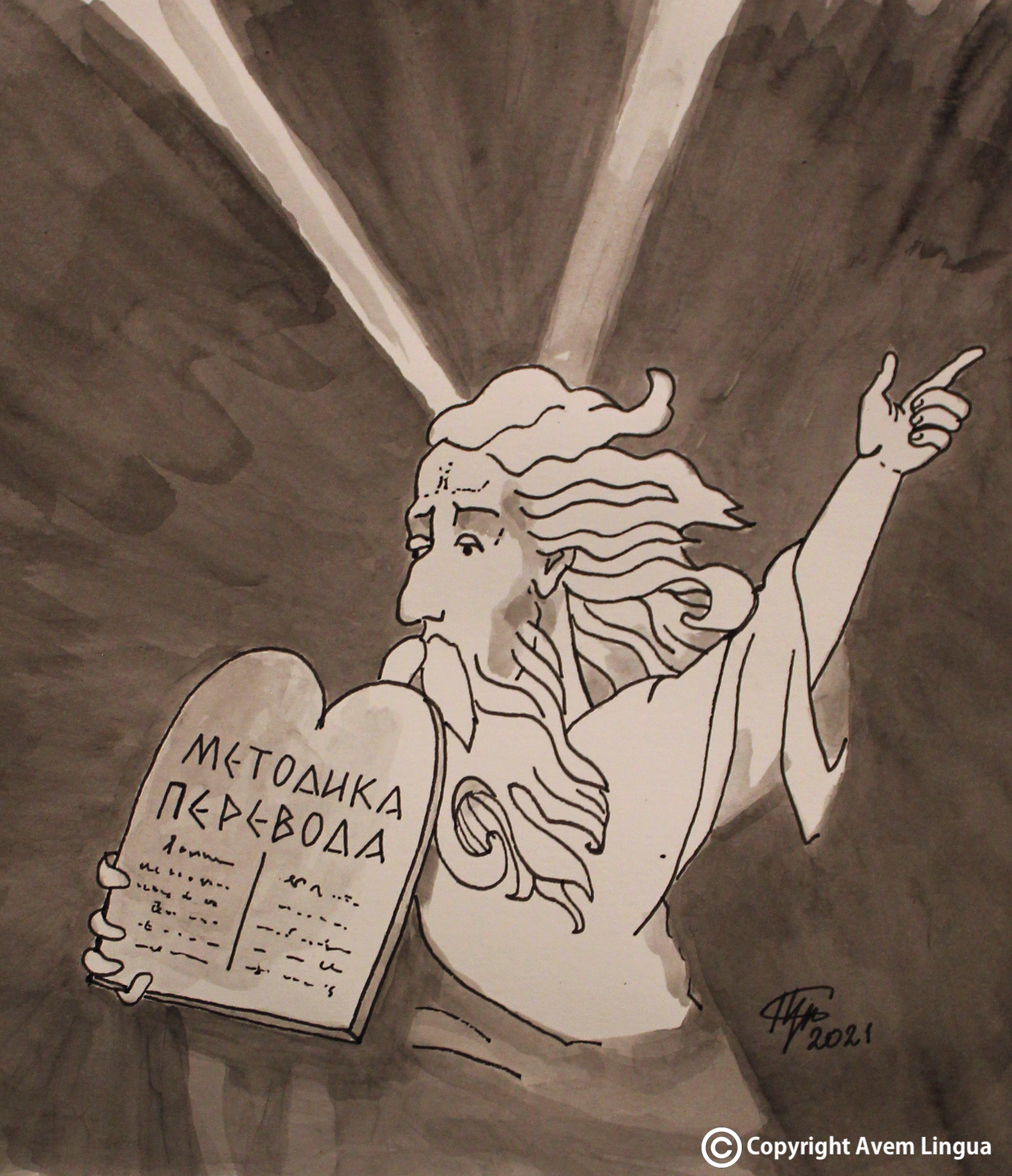”Horned” Moses

Illustration: Inkivääri tattoo & art
Illustration text: Translation methods
European artists of the Middle Age often painted and sculptured Moses, the greatest of all prophets and the author of Torah, as an elderly bearded man with big horns on his head. It continued until 1592, when the Council of Trent officially admitted that in the original text, Moses came down from Mount Sinai with his face radiating light, not with horns on his head.
It is believed that horns ”appeared” on Moses’ head because of an inaccurate translation, made by Saint Jerome, the patron saint of translators, in the Latin translation of the Bible. In the 16th century, Saint Jerome´s translation became known as The Vulgate which was established as a normative Latin text – thus, a source text for hundreds of translations of the Bible into national languages. The same famous inaccuracy appeared in all these translations which led to Moses being depicted with the horns on his head for the next few centuries.
The disputable part of the text (Exodus 34:29) tells of Moses coming down from Mount Sinai: ”When Moses came down from Mount Sinai with the two tablets of the covenant law in his hands, he was not aware that his face was horned because he had spoken with the Lord”. In the original text of the Holy Scripture, the Hebrew word ”qrn” was used. As vowels were not used in written language in Semitic languages, the word could be read in a few different ways: ”qeren” – horn, ”qeren” – ray, ”qaran” – shone, radiated. Saint Jerome translated the word as ”horned” but in the later translations of the Bible, horns have been replaced with the rays of light. The change had an impact on the later descriptions of Moses: ”When Moses came down from Mount Sinai with the two tablets of the Testimony in his hands, he was not aware that his face was radiant because he had spoken with the Lord”.
01.03.2021, 16:11
